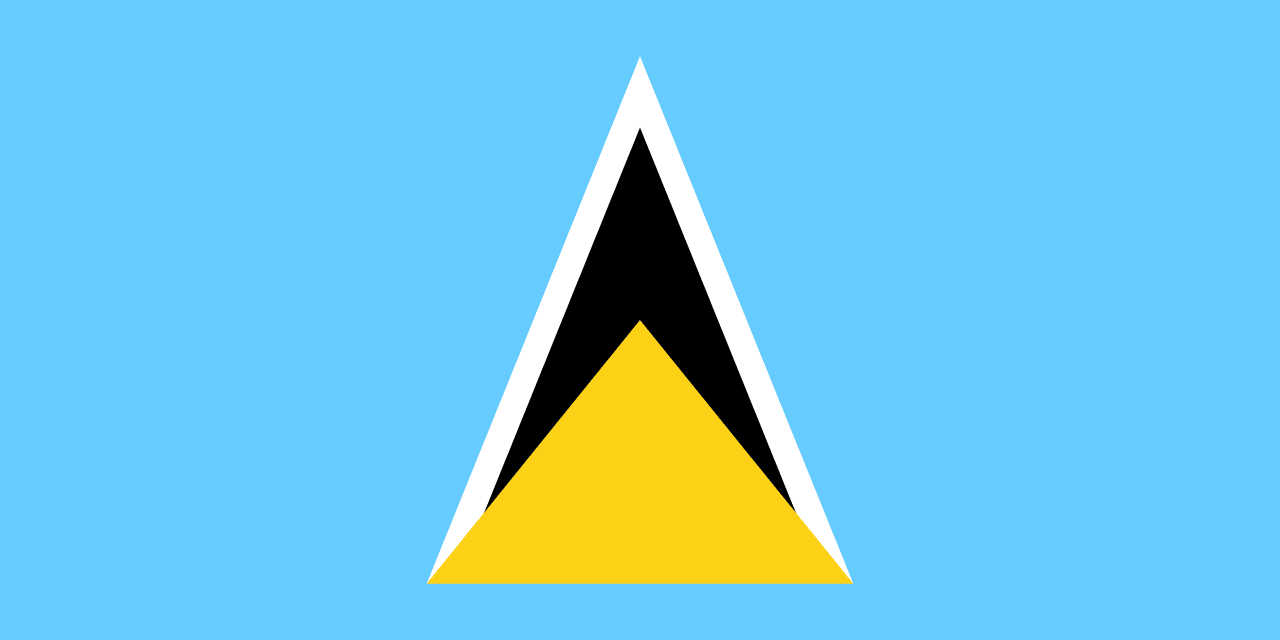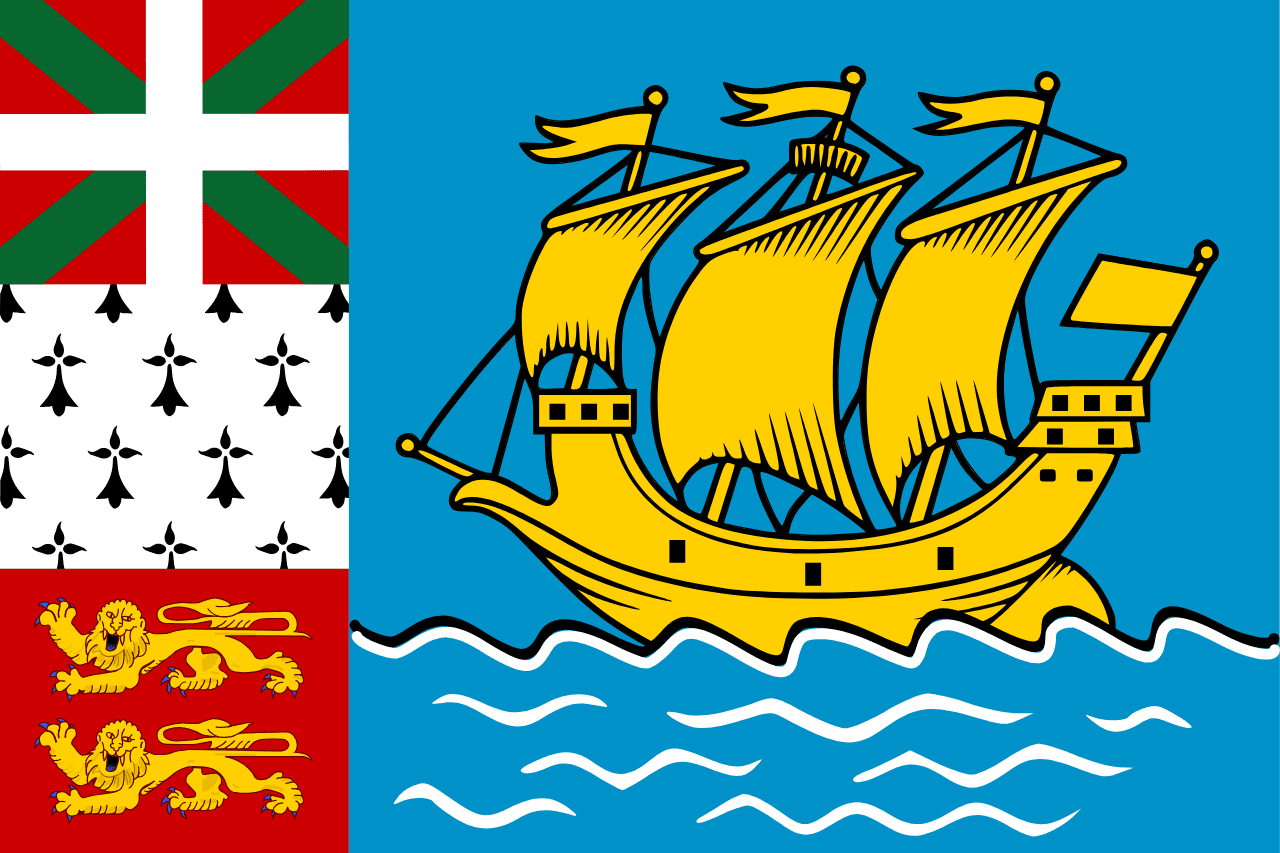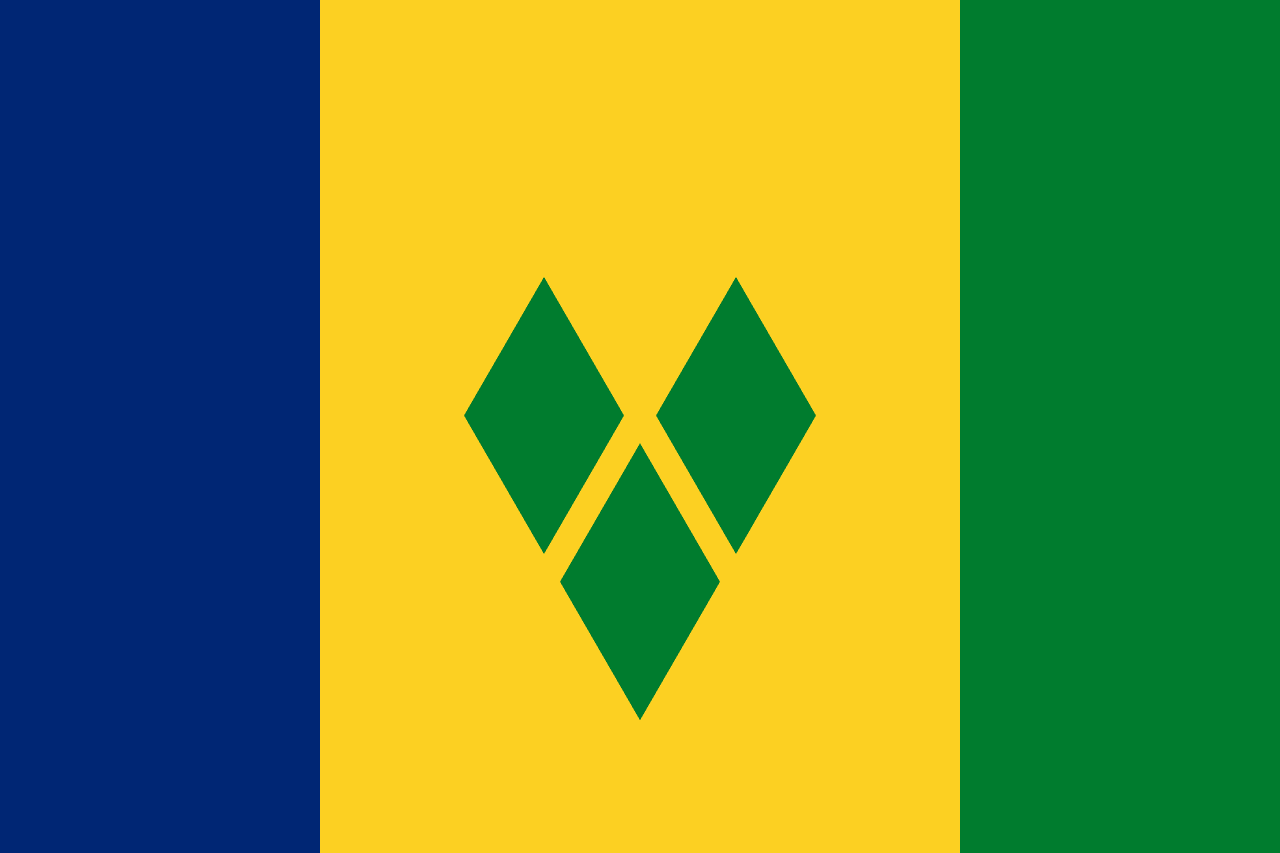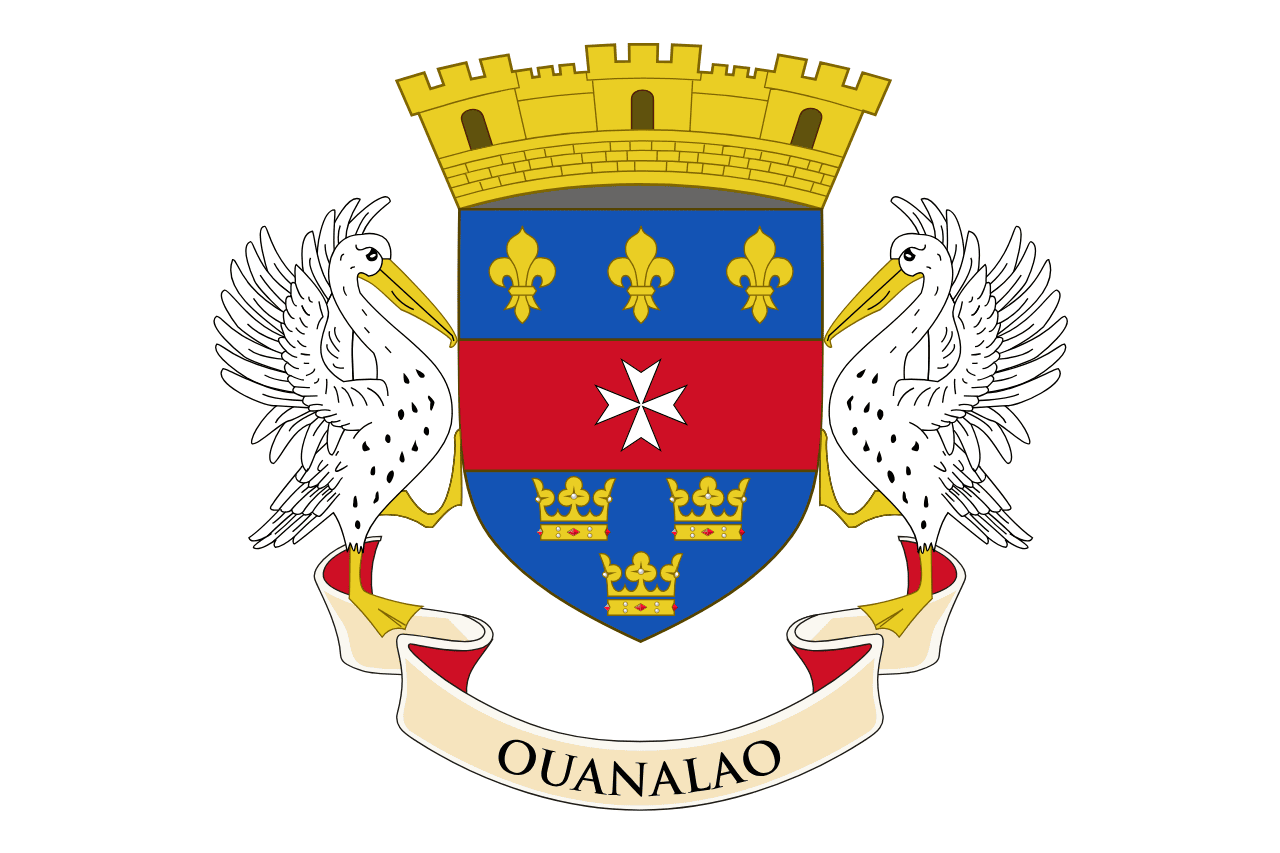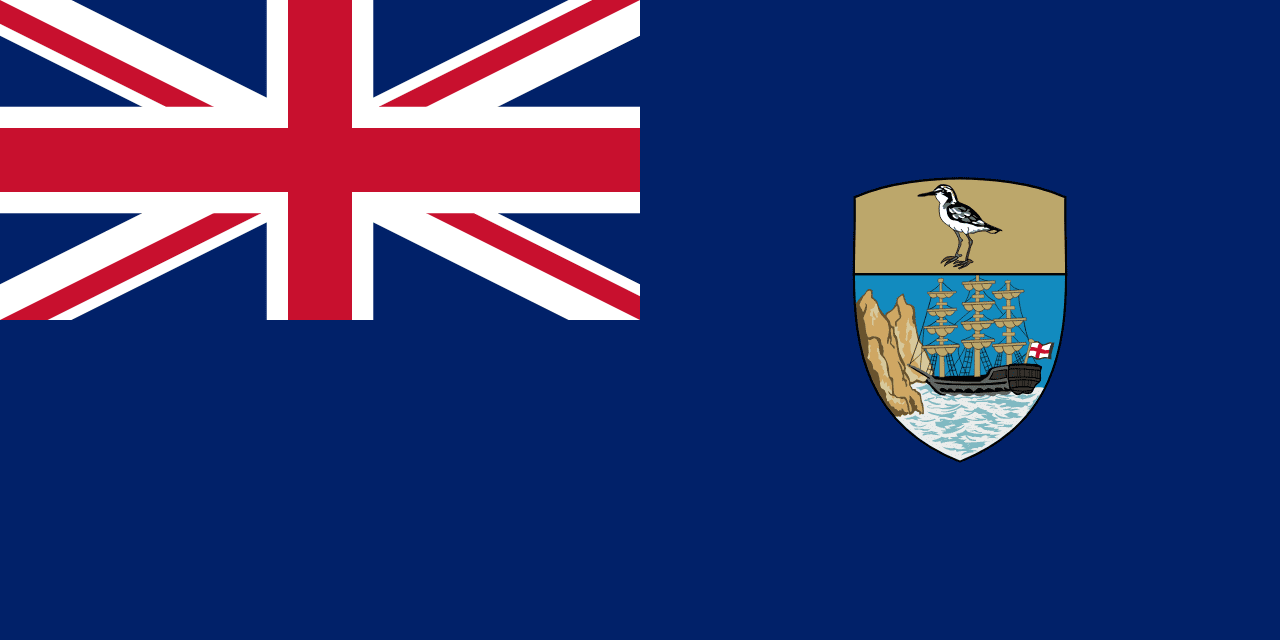The flag of Saint Kitts and Nevis features a design of diagonal bands with two white stars. The flag consists of a green triangle at the hoist, separated from a red triangle at the fly by a black band containing two white, five-pointed stars. This striking design encapsulates the nation's history, cultural heritage, and aspirations.
Saint Kitts and Nevis information
| National Flag Day | September 19 |
| Sovereign state | Yes |
| Official name | Federation of Saint Kitts and Nevis |
| Capital | Basseterre |
| Population | 53,199 |
| Area | 269 km² |
| Currency | Eastern Caribbean dollar (XCD) |
| Language | English |
| Continent | North America |
| Region | Caribbean |
| Subregion | — |
| Borders | — |
| Timezone | Astronomy UTC-4 |
| Calling code | +1 869 |
| Top-level domain | .kn |
History of Saint Kitts and Nevis' flag
 The flag was officially adopted on September 19, 1983, coinciding with the federation's independence from the United Kingdom. It was designed by Edrice Lewis-Viechweg, a local artist and scholar. The design was chosen to represent the newly independent nation's identity, moving away from colonial symbols while acknowledging the country's history and cultural diversity.
The flag was officially adopted on September 19, 1983, coinciding with the federation's independence from the United Kingdom. It was designed by Edrice Lewis-Viechweg, a local artist and scholar. The design was chosen to represent the newly independent nation's identity, moving away from colonial symbols while acknowledging the country's history and cultural diversity.
Symbolism and design of Saint Kitts and Nevis' flag
Each element of the flag carries deep symbolic meaning:
- The green triangle represents the fertile land of the islands, symbolizing the nation's agricultural heritage.
- The red triangle signifies the struggle against slavery and colonialism, representing the blood shed in this fight for freedom.
- The yellow borders of the black band represent the sunshine that bathes the islands, symbolizing the warm climate and the bright future of the nation.
- The black band running from the lower hoist-side to the upper fly-side represents the African heritage of the people.
- The two white stars on the black band symbolize hope and liberty. They also represent the two islands that make up the federation: Saint Kitts (also known as Saint Christopher) and Nevis.
Usage and significance of Saint Kitts and Nevis' flag
 The flag of Saint Kitts and Nevis is a source of national pride and is prominently displayed throughout the country. It flies over government buildings, schools, and is featured during national celebrations, particularly Independence Day on September 19th. The flag plays a crucial role in fostering national identity and unity between the two islands of the federation. In international contexts, such as diplomatic missions and sporting events, the flag represents the nation's sovereignty and cultural identity.
The flag of Saint Kitts and Nevis is a source of national pride and is prominently displayed throughout the country. It flies over government buildings, schools, and is featured during national celebrations, particularly Independence Day on September 19th. The flag plays a crucial role in fostering national identity and unity between the two islands of the federation. In international contexts, such as diplomatic missions and sporting events, the flag represents the nation's sovereignty and cultural identity.
Interesting facts about Saint Kitts and Nevis
- Saint Kitts and Nevis is the smallest sovereign state in the Western Hemisphere, both in area and population.
- The country was among the first Caribbean islands to be settled by Europeans and was home to the first British and French colonies in the Caribbean.
- Saint Kitts is more developed and larger than Nevis, but the constitution provides for the smaller island to secede if it chooses.
- The federation is known for its beautiful beaches, tropical climate, and the dormant volcano Mount Liamuiga on Saint Kitts.
- The country has a unique economic citizenship program, allowing investors to acquire citizenship through significant contributions to the nation's development.
